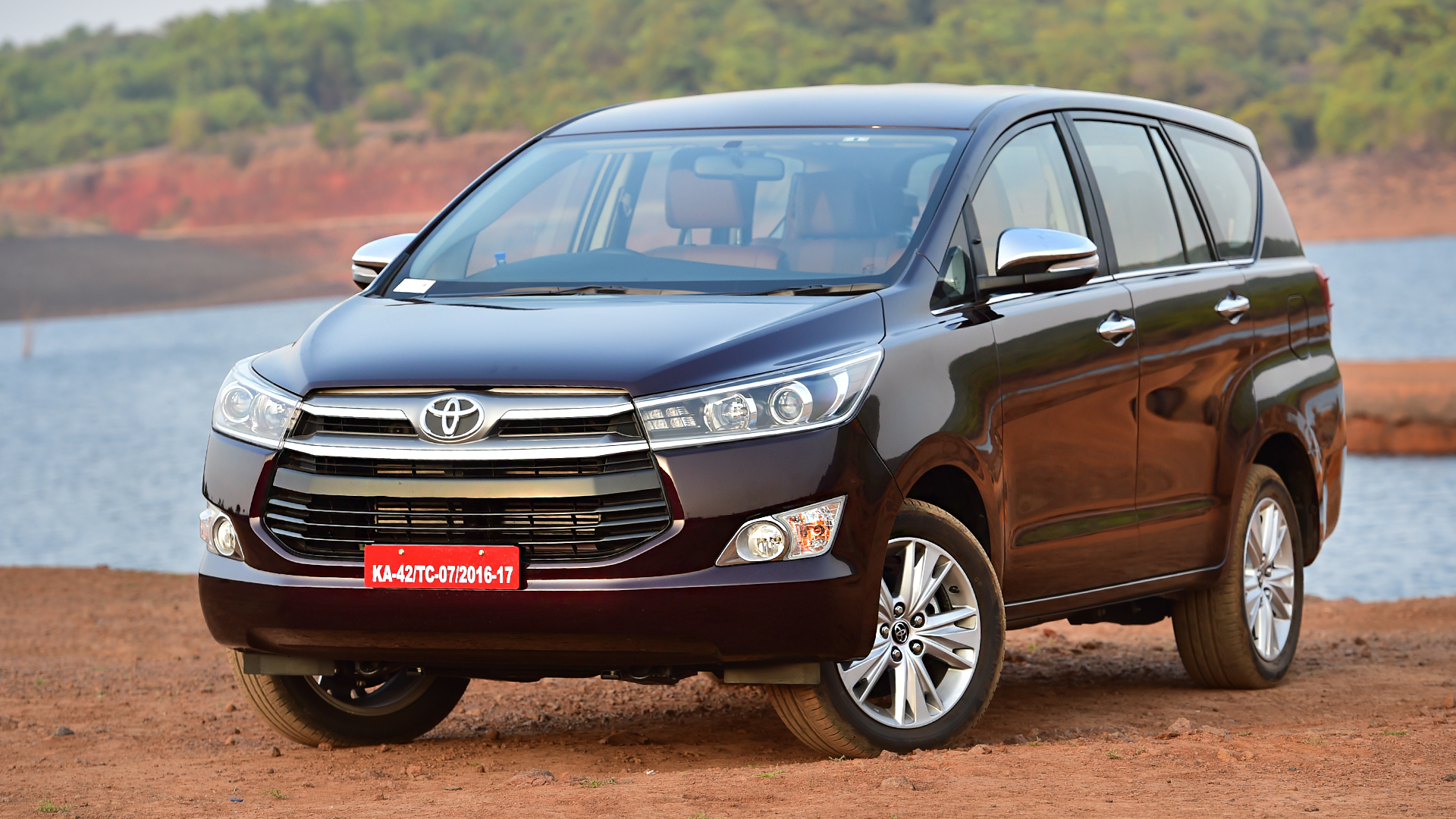

Excessive lower spine injury readings (lower spine reading greater than 82 Gs) are reported separately. Lower spine injury, although measured, is not currently included in the star rating. It may result in a permanent disability or in some cases be life-threatening. A serious injury is one requiring hospitalization.
#Compare cars 2016 driver
Side barrier star ratings indicate the chance of a serious head, chest, abdomen, and pelvis injury for the driver and front seat passenger (outboard first row occupants), and the chance of serious head and pelvis injury for the rear seat passengers (outboard second row occupants). Instruments measure the force of impact to each dummy's head, neck, chest, lower spine, abdomen, and pelvis.

Since all rated vehicles are impacted by the same size barrier, it is possible to compare all vehicles with each other when looking at side barrier crash protection ratings. The moving barrier is covered with material that has "give" to replicate the front of a vehicle. The side crash rating represents an intersection-type collision with a 3,000-pound barrier moving at 38.5 mph into a standing vehicle. ⭐= Frontal crash injury risk in this vehicle is much greater than averageįor the side barrier crash tests, crash dummies representing an average-size adult male and a small-size adult female are placed in the driver and rear passenger seats (driver's side), respectively, and are secured with the vehicle's seat belts. ⭐⭐= Frontal crash injury risk in this vehicle is greater than average ⭐⭐⭐= Frontal crash injury risk in this vehicle is average to greater than average ⭐⭐⭐⭐= Frontal crash injury risk in this vehicle is less than average to average ⭐⭐⭐⭐⭐= Frontal crash injury risk in this vehicle is much less than average The overall frontal star rating is assigned according to the chart below:

⭐= greater than 40% chance of serious injury ⭐⭐⭐⭐= 10% to 15% chance of serious injury ⭐⭐⭐⭐⭐= less than 10% chance of serious injury Star ratings for the driver and passenger in a frontal crash test are assigned as follows: Frontal star ratings indicate the chance of a serious head, neck, chest, and leg injury to the driver and right front seat passenger in a frontal crash. Instruments measure the force of impact to each dummy's head, neck, chest, pelvis, legs, and feet.
#Compare cars 2016 plus
Since the rating reflects a crash between two similar vehicles, make sure you compare vehicles from the same weight class, plus or minus 250 pounds, when looking at frontal crash star ratings and Overall Vehicle Scores. Vehicles are crashed into a fixed barrier at 35 miles per hour (mph), which is equivalent to a head-on collision between two similar vehicles each moving at 35 mph.
#Compare cars 2016 update
Once the prerequisites for an update are met, NHTSA begins the updating process. Does an objective test procedure exist for the update.Does the update have the potential to improve safety?.Do vehicle designs exist for the update?.Does the update address a significant safety need?.NHTSA uses four prerequisites when considering updates to the program. NHTSA prioritizes updates that have the greatest safety impact. Yes, NHTSA is constantly evaluating its New Car Assessment Program for updates.


 0 kommentar(er)
0 kommentar(er)
